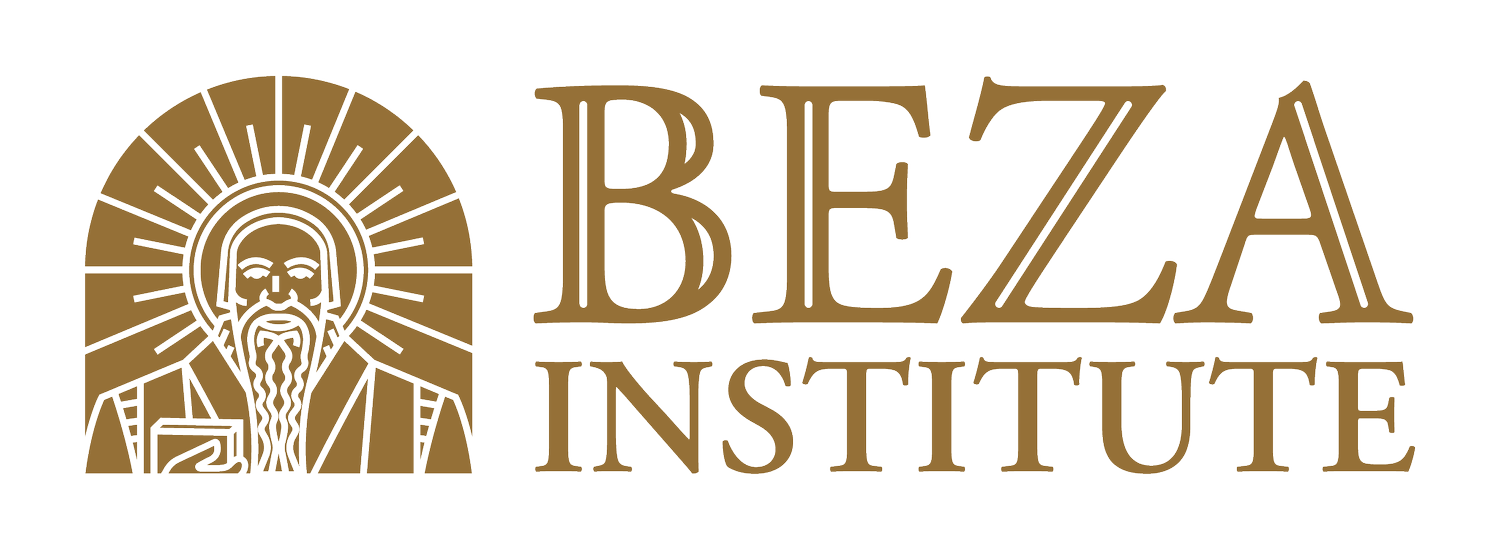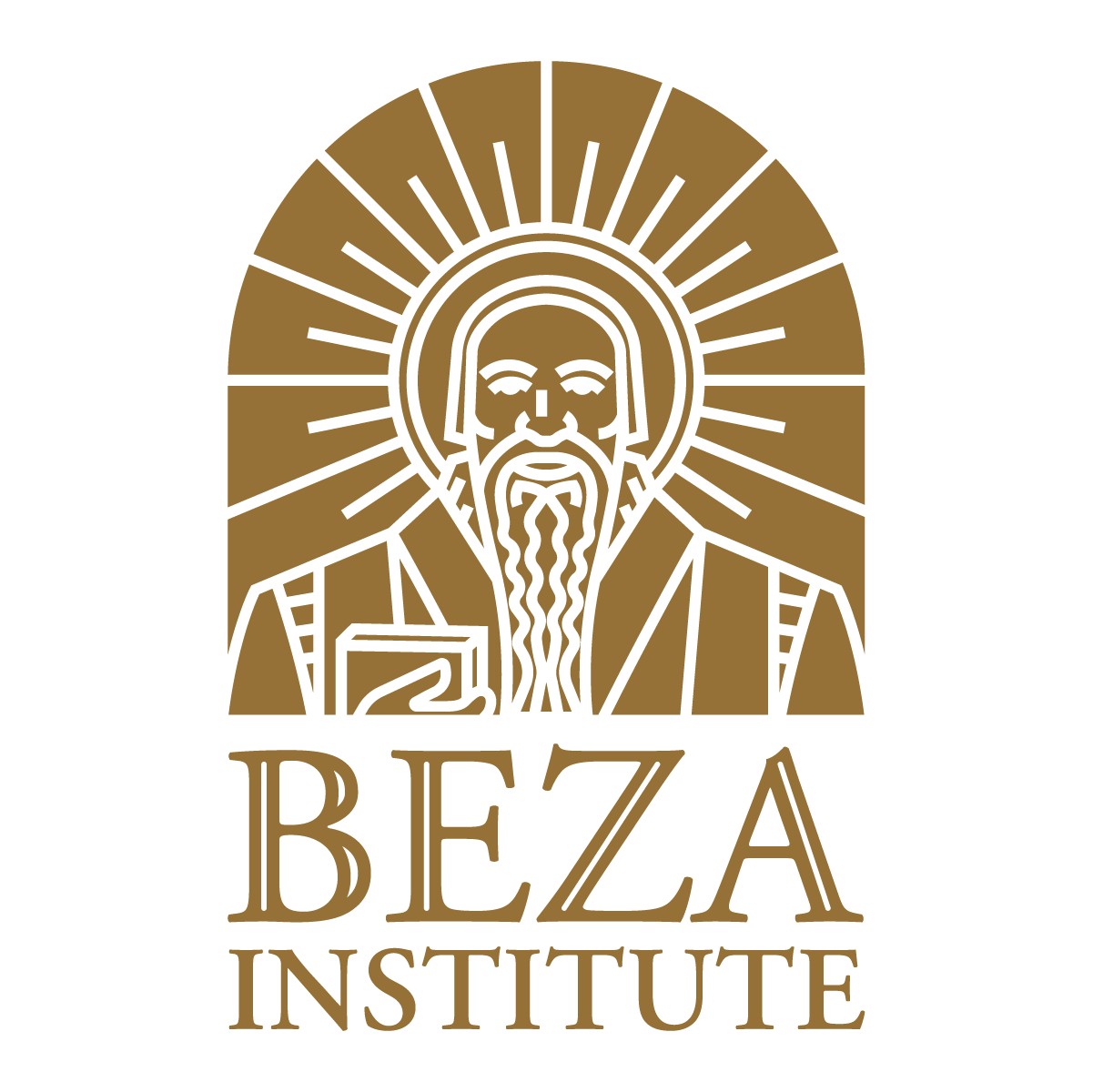Teach Them to Sing
While the Bible records Jesus’ disciples asking him to teach them to pray, the Gospels offer no indication that they ever asked the Lord for vocal training. And yet we read that the Last Supper was immediately followed by Jesus and his disciples singing a hymn at the conclusion of the meal (Mark 14:26). The New Testament also records Paul and Silas singing hymns to God from their Philippian jail cell (Acts 16:25), and this same Paul exhorts his churches to sing praises to God (Col 3:16; Eph 5:19). And of course the Old Testament contains an entire book of songs; the Psalter itself constantly invites us to sing unto the Lord (Ps 47:2; 95:1-2; 96:1-2; 149:1). Our worship of God, the Bible shows us, is inextricably related to us lifting our voices to Him in song.
As with prayer, however, most of us require training in order to sing well. As classical Christian educators, we have a responsibility to teach our students to sing, and to sing beautifully. In this short article, then, I want to provide a practical guide to cultivating a “singing school” in line with our commitment, as classical Christian educators, to goodness, truth, and beauty, sola Dei gloria. We will examine, in turn, why we sing, what to sing, and how to sing.
Why We Sing
It is important to first identify why it is so important that we as classical Christian schools teach our students to sing. At a most fundamental level, as mentioned above, we sing because God commands us to sing praise to Him. Scripture even tells us that God “will exult over you with loud singing” (Zeph 3:17 ESV). God sings out over all creation, and we sing back to Him in praise and thanksgiving. What, though, is it about singing that is so important? “Singing,” St. Augustine writes, “is for the one who loves.” We sing bedtime lullabies to our children, we sing love songs to our spouses, and in the same way it is meet and right to sing to Him who is Himself Love.
Beyond this, though, we recognize that singing has a unique way of embedding truth into our hearts and minds. In a phrase commonly attributed to St. Augustine, “He who sings well, prays twice.” The classical model rightly recognizes that the powers of memorization are vastly improved when words are set to a tune and sung. My preschool-age son can, in fact, sing from memory most of our (sung) liturgy on Sunday morning, even if he has little or no comprehension of what these words mean. Even as I age and my memory weakens, I find it so much easier to memorize psalms, canticles, or even the creeds when they are put to music and sung as part of the Church’s worship. We sing, then, because the words that we sing stick in our souls.
Finally, by extension, we sing because it is beautiful. Perhaps part of why singing is so successful in helping us memorize is because it awakens our sense of beauty. As the Pythagoreans recognized, music taps into the very fabric of the universe; as Christians, we can affirm, with the hymnist, that “All nature sings, and round me rings / The music of the spheres.” The beauty that comes when human beings, created in God’s image, unite their voices in common or in harmony, rightly gives us a feeling of transcendence and connection with our Creator. Again, our souls are stirred, and the beauty of song reaches parts of our being that would otherwise be dormant.
What to Sing
This initial section points to the most significant answer to the question of what we should sing: God’s praises. As classical Christian schools, we should have a distinctly classical approach to how we go about singing God’s praises. Simply put, given our profession of valuing what is old and enduring over what is new and untested, we need to leave Chris Tomlin and Hillsong for the ride to school and draw on the best of classical hymnody and psalm-singing for the school day.
The riches of Christian hymnody provide an excellent starting point for the selection of material to sing. Some hymns, like “Of the Father’s Love Begotten,” are based on words written as far back as the fourth century. Others, like “It Is Well With My Soul,” are more recent but have blessed generations of Christians. A good hymn will bring together good theology, good poetry, and good music; in such a way, truth, goodness, and beauty are held together. Whereas the bouncy melodies and shallow lyrics of contemporary Christian music us to sing “'bout a big God, big God,” hymns like “Let All Mortal Flesh Keep Silence” invite us, with “fear and trembling,” to ponder the mysteries of the Incarnation and the Eucharist against the backdrop of its haunting, beautiful melody. In other words, unseemly and irreverent music communicates a deficient understanding of the character of God and casts the purpose of worship in terms of our own entertainment; conversely, thoughtful and reverent music can remind us that worship is oriented towards the offering up of our whole selves, souls and bodies, to be reasonable, holy, and living sacrifices unto God.
Besides classical hymnody, singing the Psalter is another traditional, time-tested source of praise to God. The songbook of Jesus and the early Church, the chanting or singing of the Psalter has always had a central place in Christian worship. The Reformed tradition in particular has emphasized setting all the psalms to music, with resources like the Trinity Psalter Hymnal covering all 150 psalms. For those looking for something with even more of a classical flair, the ancient tradition of Gregorian chant (or plainsong) can provide another avenue for singing the psalms or other canticles. Simplified Anglican chant combines the rhythms of plainsong with vocal harmony.[1] The New Coverdale Psalter, for example, provides both Gregorian Chant and Simplified Anglican Chant for every psalm and is a great tool for those seeking to learn this approach, available for free download here. New hymnals designed for classical Christian schools, such as Cantate Domino and Let Joy Resound, have recently appeared and can serve as further, pre-curated resources for schools.
Of course, even with the primacy of singing in the context of worship, a true “singing school” will find ways to incorporate all manner of song throughout the school day. In the Lower School context, transitions, forming lines after recess, and any other “crack in the day” can be filled with song. These songs can be about grammar, Latin, vegetables, taxonomies, or our history timeline. What matters is that students are singing, and in so doing having fun and committing material to memory. In the Upper School, many classes can begin with a song as part of their opening liturgy; in my Historical Theology class, for instance, we begin every class with a chant or hymn from the time period we are studying. Especially with older students, there may be some awkwardness involved, but the more a “singing culture” comes to define a school, the less resistance there will be.
How to Sing
This leaves us, though, with the more technical matter of how to sing, or at least how to go about training our students to sing to the best of their abilities. Hiring the right person who can train students in the fundamentals of vocal music is, of course, an essential starting point, as is carving out a consistent time every single day (such as at an all-school Morning Meeting) for students to practice singing (here I need to give a shout-out to Stonehaven’s excellent music teacher, Mrs. Megan Johnson, who I trust will be an increasingly important resource in this area for the classical Christian education movement). A natural place to begin is with dividing students (probably by grade) to sing in rounds. This foundational practice well help students learn to sing in tune and to sing as a distinct, independent part when others are singing something different. Students are also developing their aural skills and learning to follow the leader’s direction. Whether they are silly rounds like “Ah Poor Bird” or “Shake the Papaya Down” (little kids love things with movement and hand motions!) or more sober rounds such as the Kyrie, students’ ears and tongues will be prepared for the next stage of choral music, in which they begin to sing two-part and then four-part harmonies. When part of a broader philosophy of music education such as the Kodály Method,[2] classical Christian schools will be well on their way to becoming places in which singing–and music more generally–becomes a distinct part of the school’s identity.
Let us in the world of classical Christian education, therefore, build and grow “singing schools” in line with our commitment to goodness, truth, and beauty, sola Dei gloria.
[1] A wealth of resources on plainchant can be found at https://www.rscm.org.uk/our-resources/liturgy-worship/plainchant-resources/
[2] For a brief introduction to the Kodály Method, see further https://www.musical-u.com/learn/what-is-kodaly-and-how-does-it-relate-to-ear-training/


